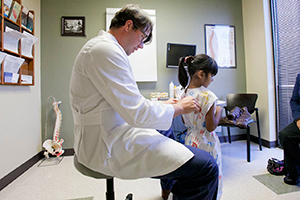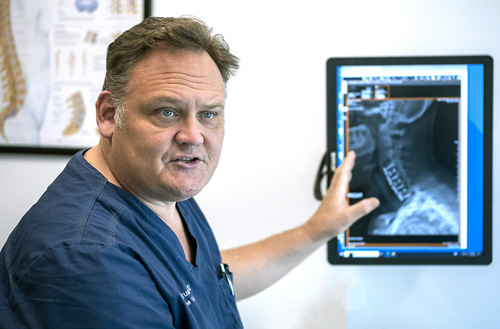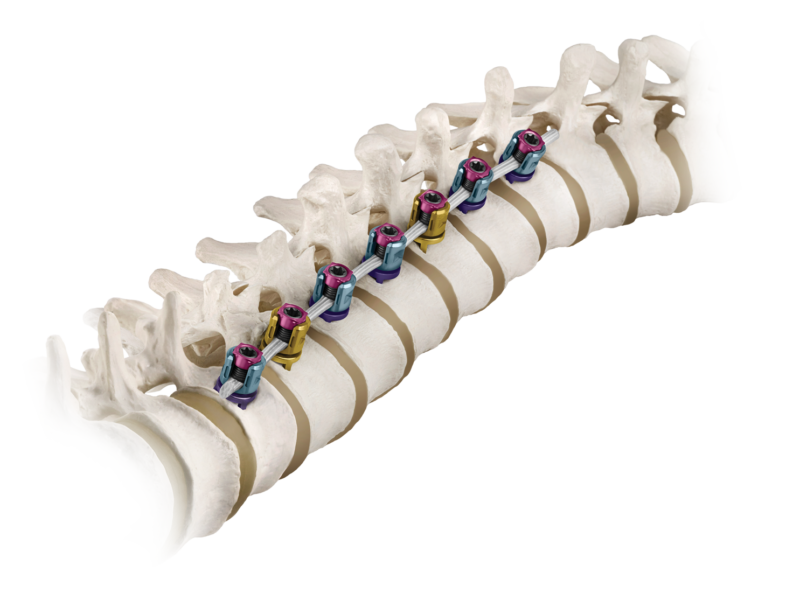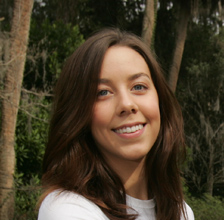
Learn more about the providers at Texas Spine and Scoliosis, the only spine specialized neurosurgery, orthopedic surgery, and non-surgical rehabilitation group in the central Texas area.
ACDF surgery, or Anterior Cervical Discectomy and Fusion, is a surgical procedure used to treat conditions affecting the cervical spine (neck), such as herniated discs, degenerative disc disease, or spinal stenosis, which may cause symptoms like neck pain, arm pain, or sciatica-like symptoms in the upper body. It involves removing a damaged disc in the cervical spine and fusing adjacent vertebrae to stabilize the area.
 Benefits
Benefits| Approach | Full Name | Access Route | Typical Levels Treated | Muscle Disruption | Advantages | Risks/Limitations |
|---|---|---|---|---|---|---|
| ACDF | Anterior Cervical Discectomy and Fusion | Anterior (front of neck, via small incision) | C3-C7 | Minimal (avoids major muscle dissection; uses natural tissue planes) | Smaller incision; Less tissue disruption; Faster recovery; Minimal muscle damage | Dysphagia; Hoarseness; Esophageal injury; Nerve injury; Nonunion |
| TLIF | Transforaminal Lumbar Interbody Fusion | Posterior (from the back, side of spinal canal) | L2 to S1 | Moderate | Good disc space access; unilateral approach reduces nerve retraction | Nerve root injury risk; limited disc space visualization |
| XLIF | Lateral Lumbar Interbody Fusion (eXtreme) | Lateral (through psoas muscle) | T12 to L5 (not L5-S1) | Minimal | Large graft placement; minimal blood loss | Risk to lumbar plexus; not suitable for L5-S1 |
| iLIF | Interlaminar Lumbar Interbody Fusion | Posterior (between spinous processes) | L2 to S1 | Minimal | Preserves stabilizing structures; reduced blood loss | Technically demanding; newer technique, limited long-term data |
| PLIF | Posterior Lumbar Interbody Fusion | Posterior (midline) | L2 to S1 | High | Direct access to disc; bilateral cage placement possible | More muscle disruption; higher blood loss |
| ALIF | Anterior Lumbar Interbody Fusion | Anterior (through abdomen) | L4 to S1 | Minimal (no back muscle disruption) | Wide disc access; large implant size possible | Major vessel injury risk; requires vascular access surgeon |
Texas Spine and Scoliosis is a regional referral center for the treatment of back and neck pain and scoliosis

Learn more about the providers at Texas Spine and Scoliosis, the only spine specialized neurosurgery, orthopedic surgery, and non-surgical rehabilitation group in the central Texas area.
 Texas Spine & Scoliosis approved for the new BRAIVE scoliosis tethering study
Texas Spine & Scoliosis approved for the new BRAIVE scoliosis tethering study

Read about various patient success stories that have been performed by the physicians at Ascension Texas Spine & Scoliosis